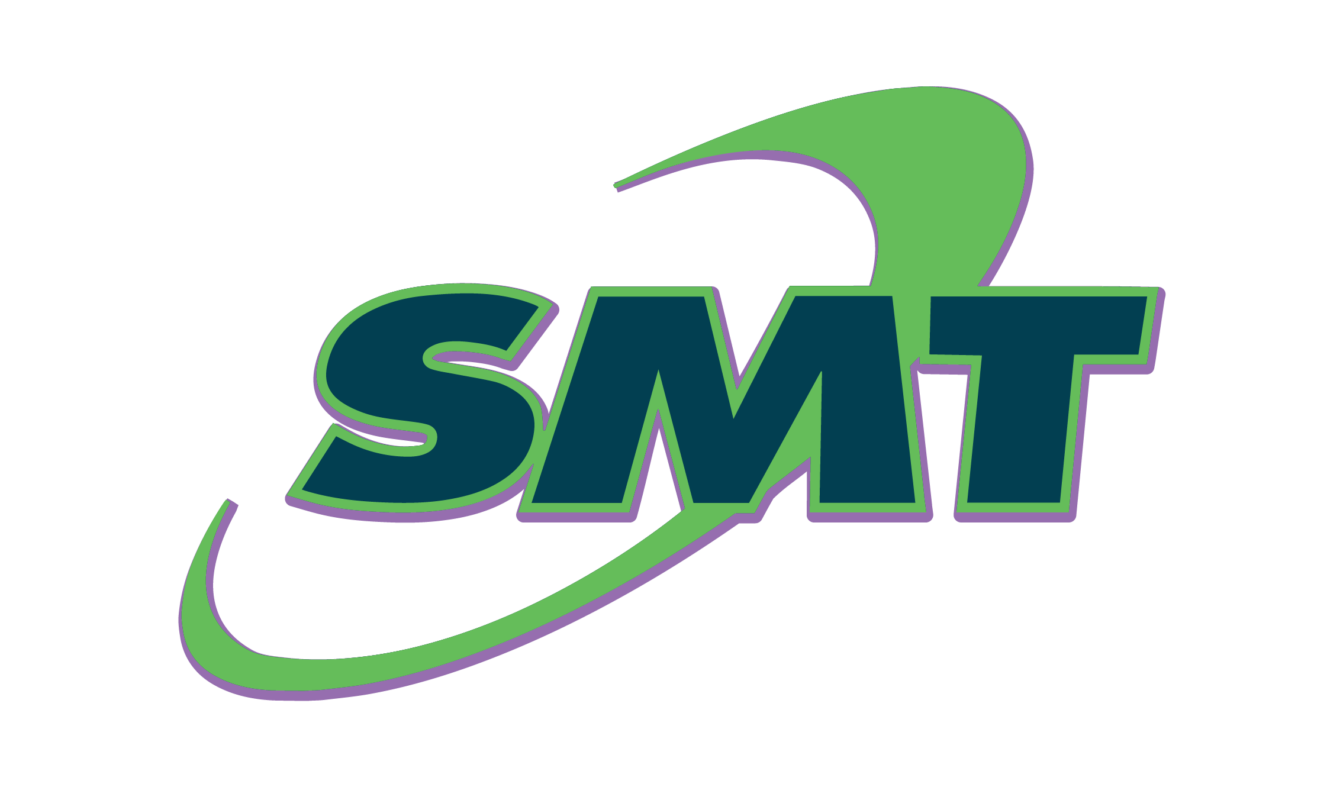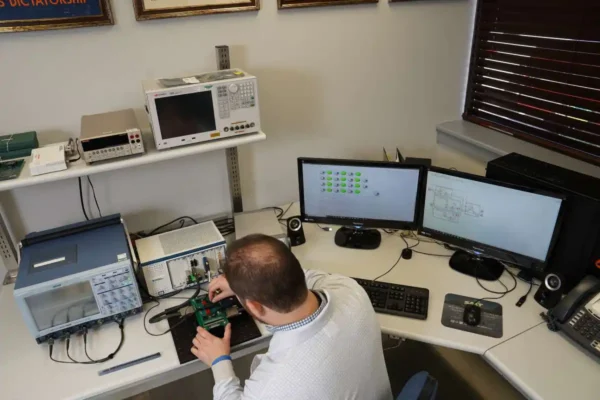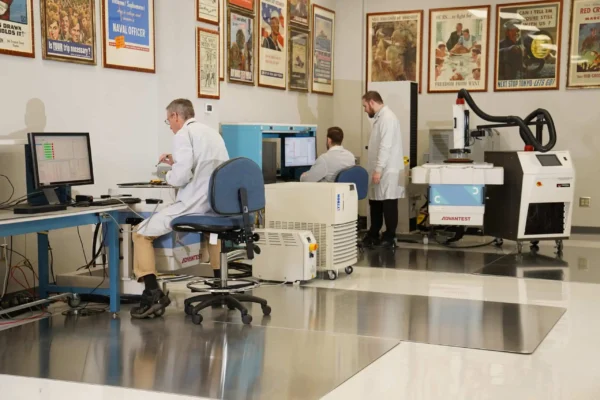TM2009 is used to verify the workmanship of packaged devices. This test method shall also be utilized to inspect for damage due to handling, assembly, and/or test of the packaged device.
TM2010 is performed to check the internal materials, construction, and workmanship of microcircuits for compliance with the requirements of the applicable acquisition document.
TM2012 is conducted nondestructively detect defects within the sealed case, especially those resulting from the sealing process, and internal defects such as foreign objects, improper interconnecting wires, and voids in the die attach material or in the glass when glass seals are used.
TM2013 is an internal visual inspection for use in destructive physical analysis (DPA) procedures.
TM2014 examination is to verify that internal materials, design and construction are in accordance with the applicable acquisition document.
TM2016 is a test used to verify that the external physical dimensions of the device are in accordance with the applicable acquisition document.
TM2017 test is to visually inspect the internal materials, construction, and workmanship of hybrid, multichip and multichip module microcircuits.





